A long voyage
This is the student activity 1 of 8 of the Cook: it was only eight days learning activity.
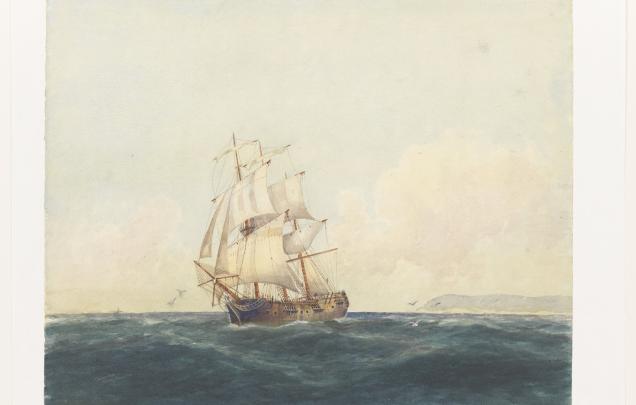
Key inquiry question #1
How did James Cook and the Endeavour crew prepare for their long voyage?
Key inquiry question #2
What was it like to engage in world exploration in the late eighteenth century?
1050 days at sea
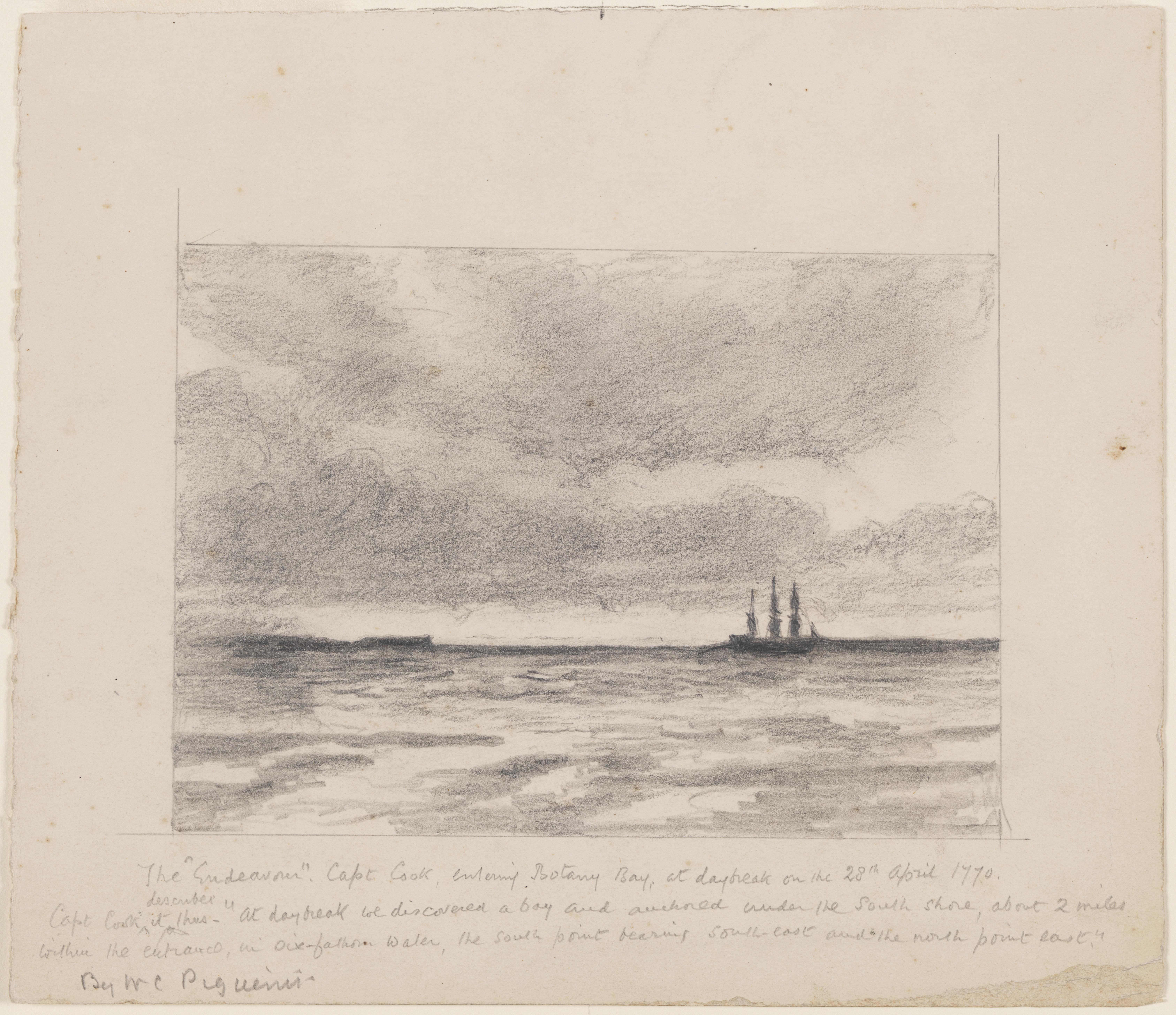
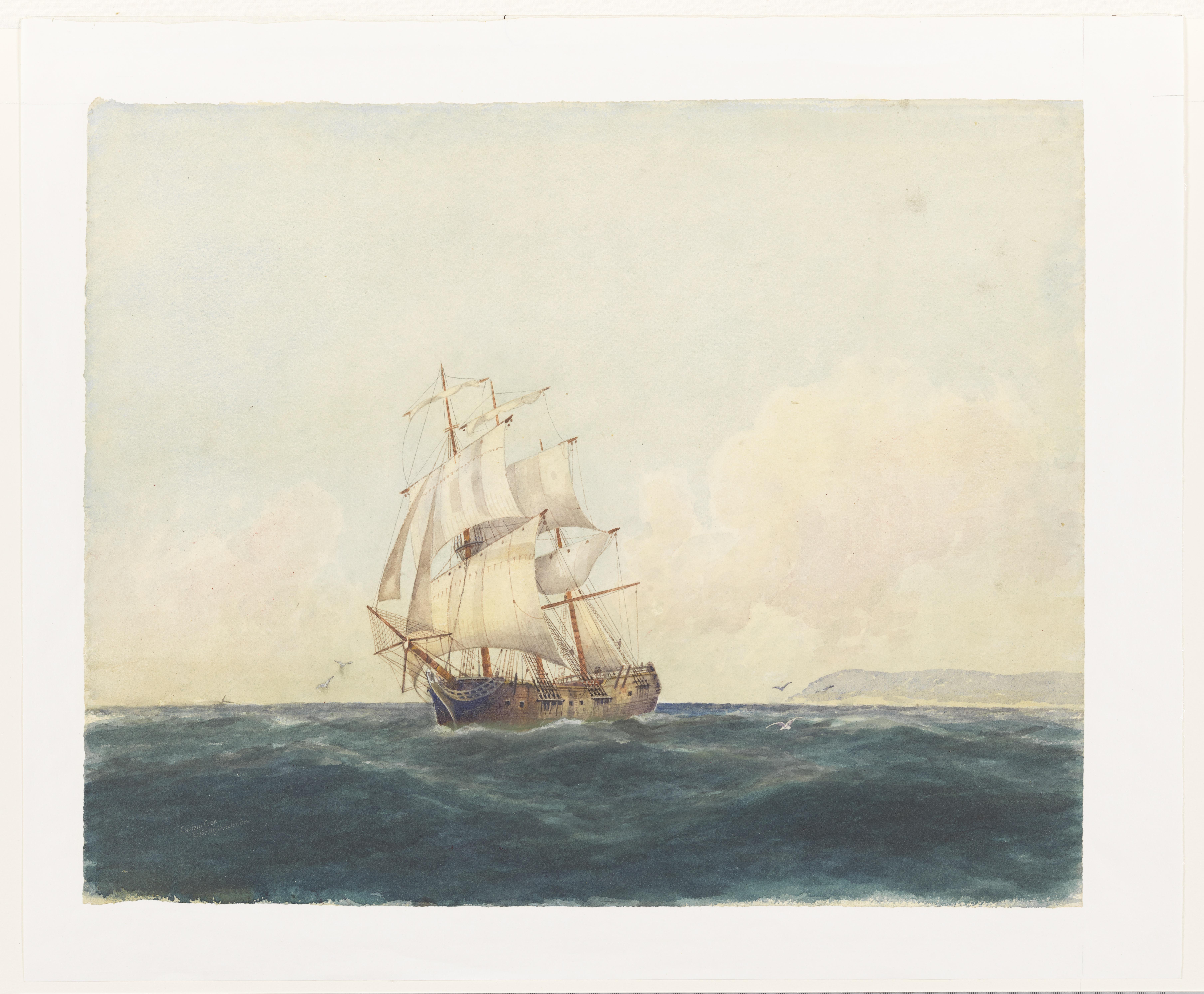
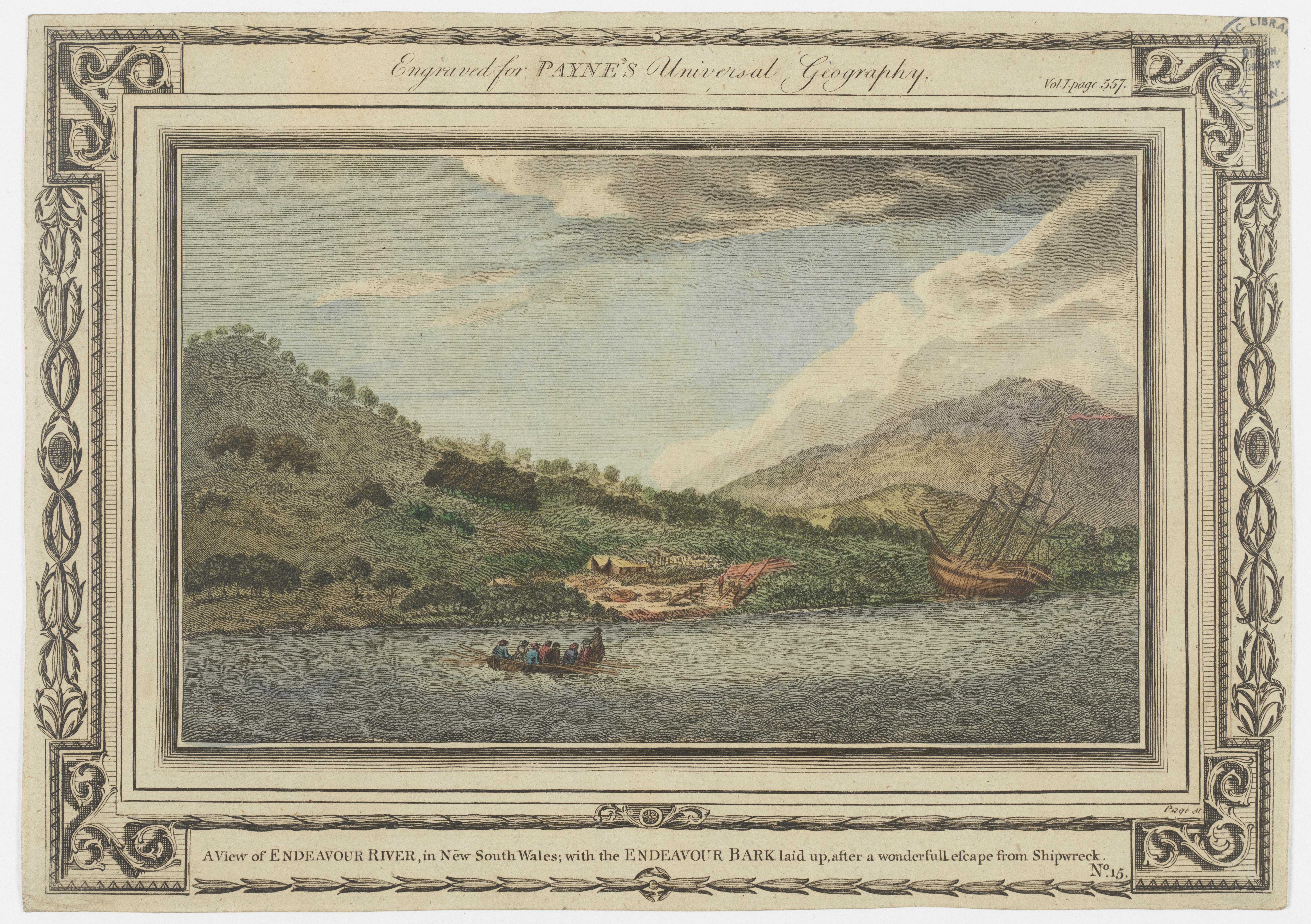
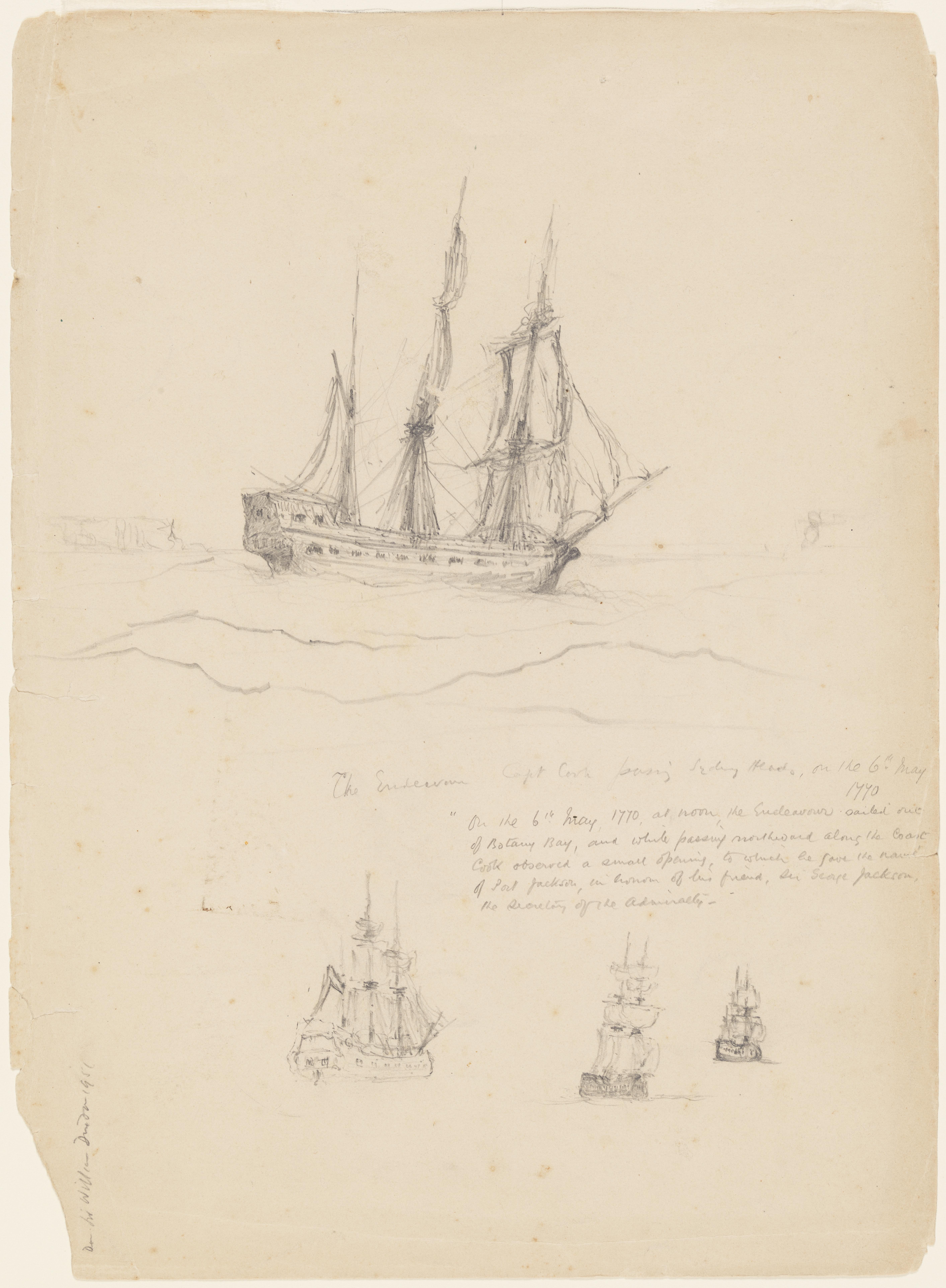
James Cook was in command of the HM Bark Endeavour (Endeavour). This ship was first launched in 1764. Four years later, the Endeavour was bought by the British Navy for a special expedition. In August 1768 the Endeavour set sail from Plymouth in England on an almost 3 year journey with James Cook that would take her and her crew around the world. After this very significant expedition, the Endeavour was largely forgotten. In 1775 the Endeavour was sold to a private company, renamed Lord Sandwich, and finally scuttled (deliberately sunk) off Rhode Island in the United States of America in 1778.
Look at the artworks depicting the Endeavour, from the collections of the Library, below.
Answer the following questions for each artwork:
- When was this artwork created, and by whom?
- Could the artist have created this image from life? (I.e. from something he was looking at, at the time?) (Hint: look at the dates in the paragraph about the Endeavour, above.)
We can group historical sources into two main categories, called primary sources and secondary sources. Primary sources are sources of information that tell us about an historical event, person or object that are created at that time in history. Secondary sources are sources of information that tell us about an historical event, person or object, that are created AFTER that time in history.
Answer the following question for each of the artworks you just looked at (you will need to refer to the title of the painting each time, so your teacher knows which one you are talking about):
- Is the image of the Endeavour a primary or secondary source, and why?
Using the template attached to this task, make a ship in the spirit of the Endeavour. To make the ship, print out the template and follow the instructions to assemble (you will need glue, a pen, and some carboard. You can even use an old cereal box from your recycling bin as a source of cardboard.)
Research the route taken by Cook and the Endeavour.
Print out the blank map of the world, attached to this task, plot the route and label the main places where the ship stopped. Write a short paragraph about what happened at each of these ports.
Pack your bags
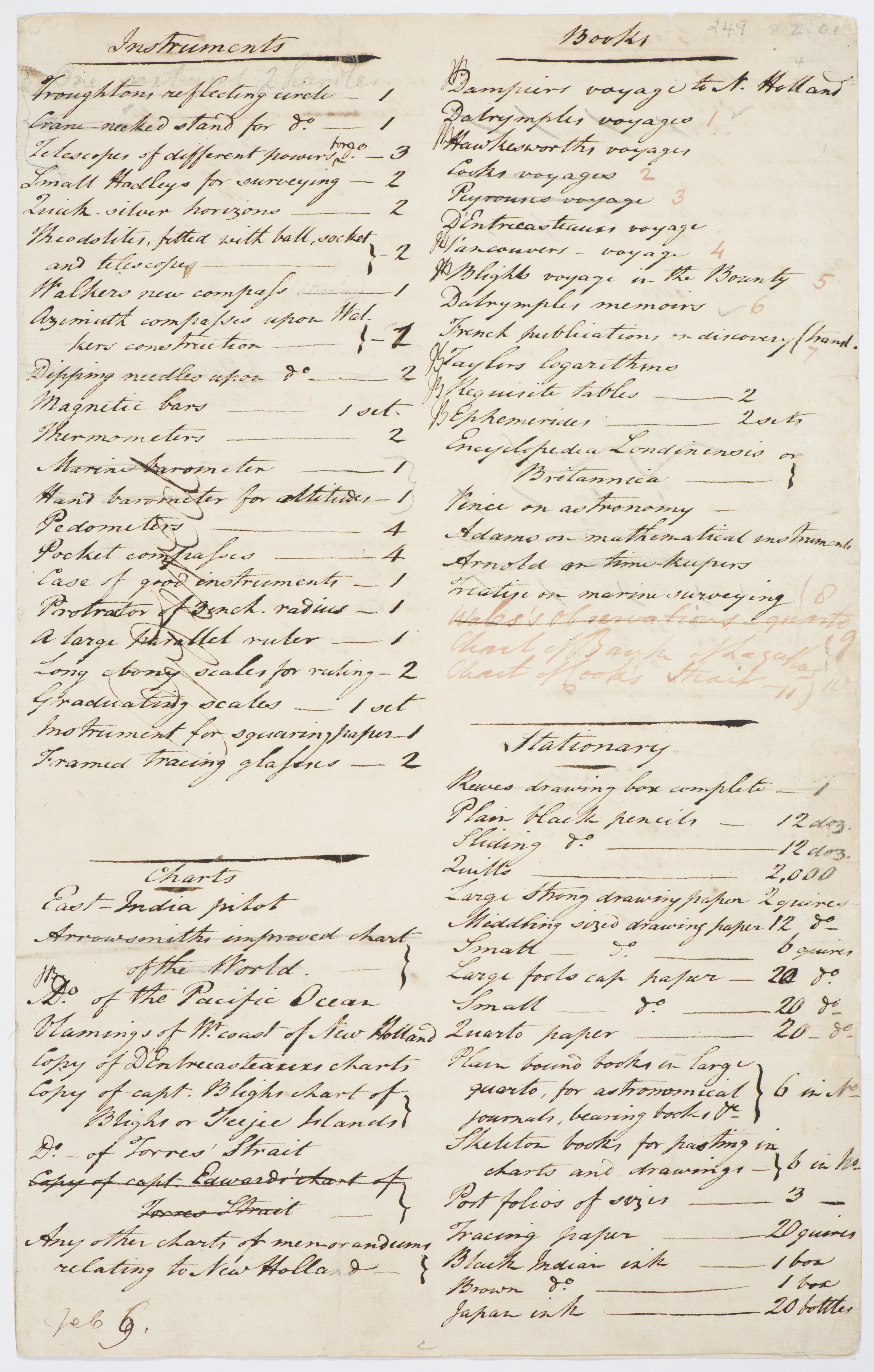
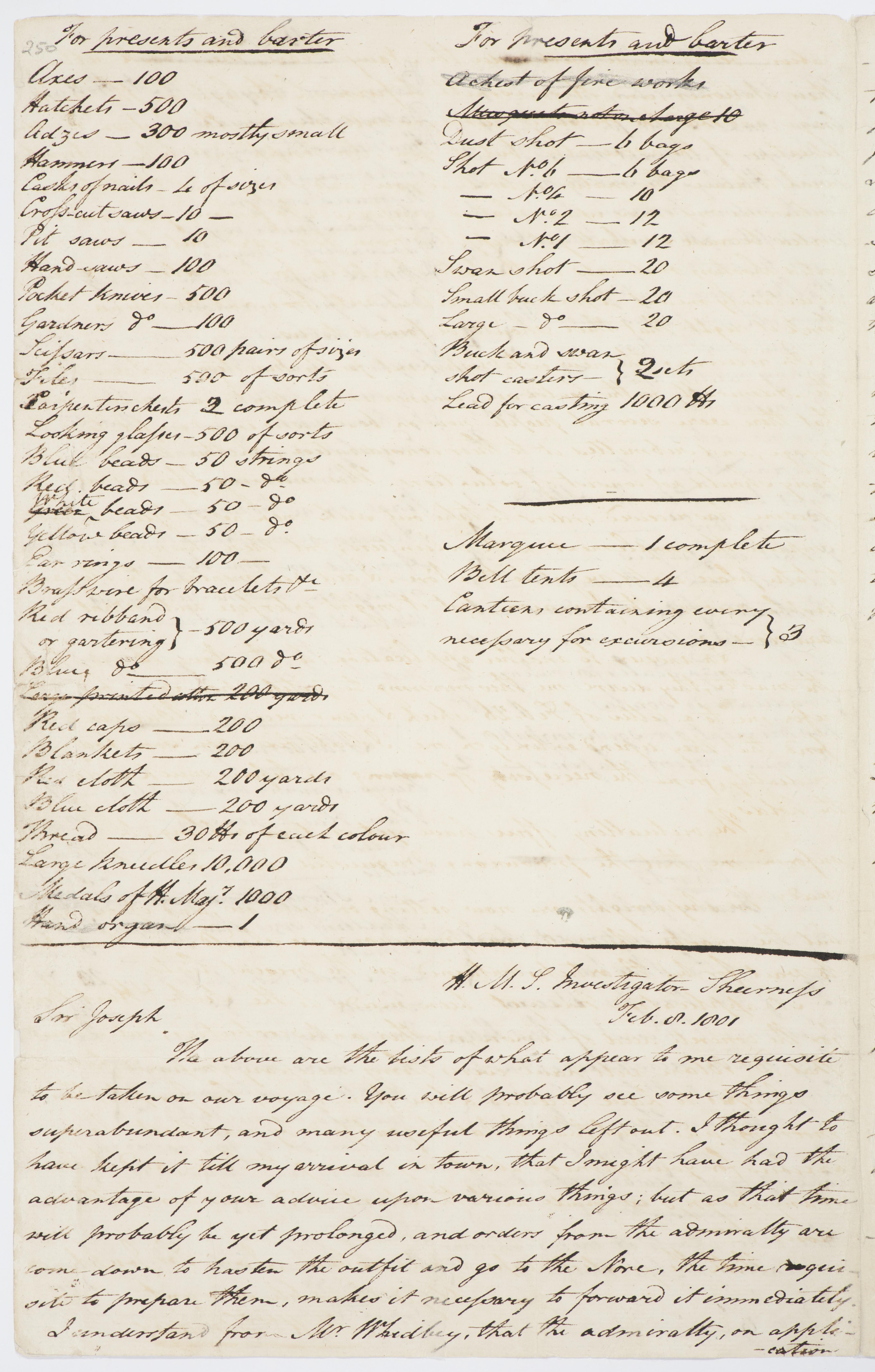
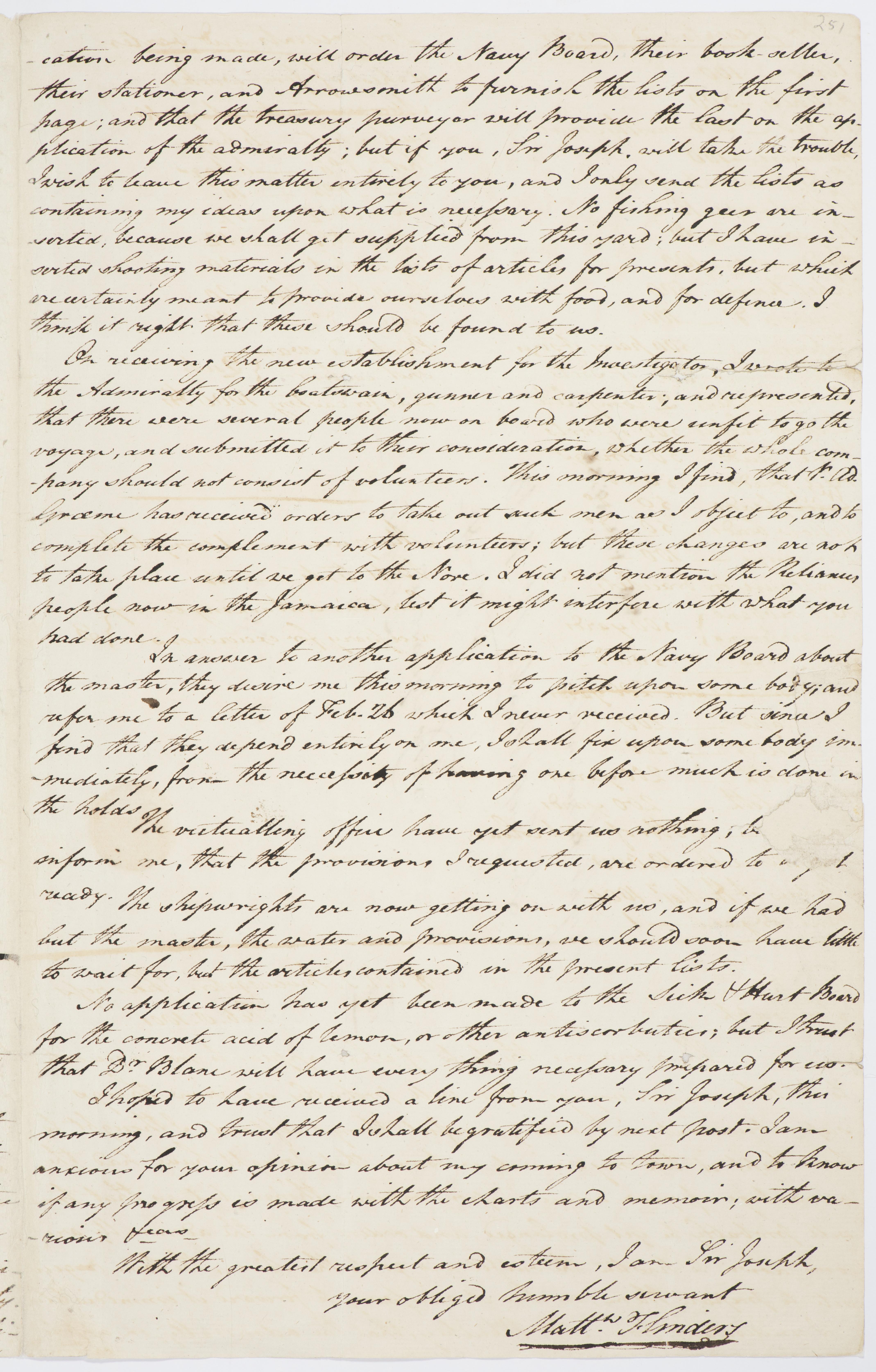
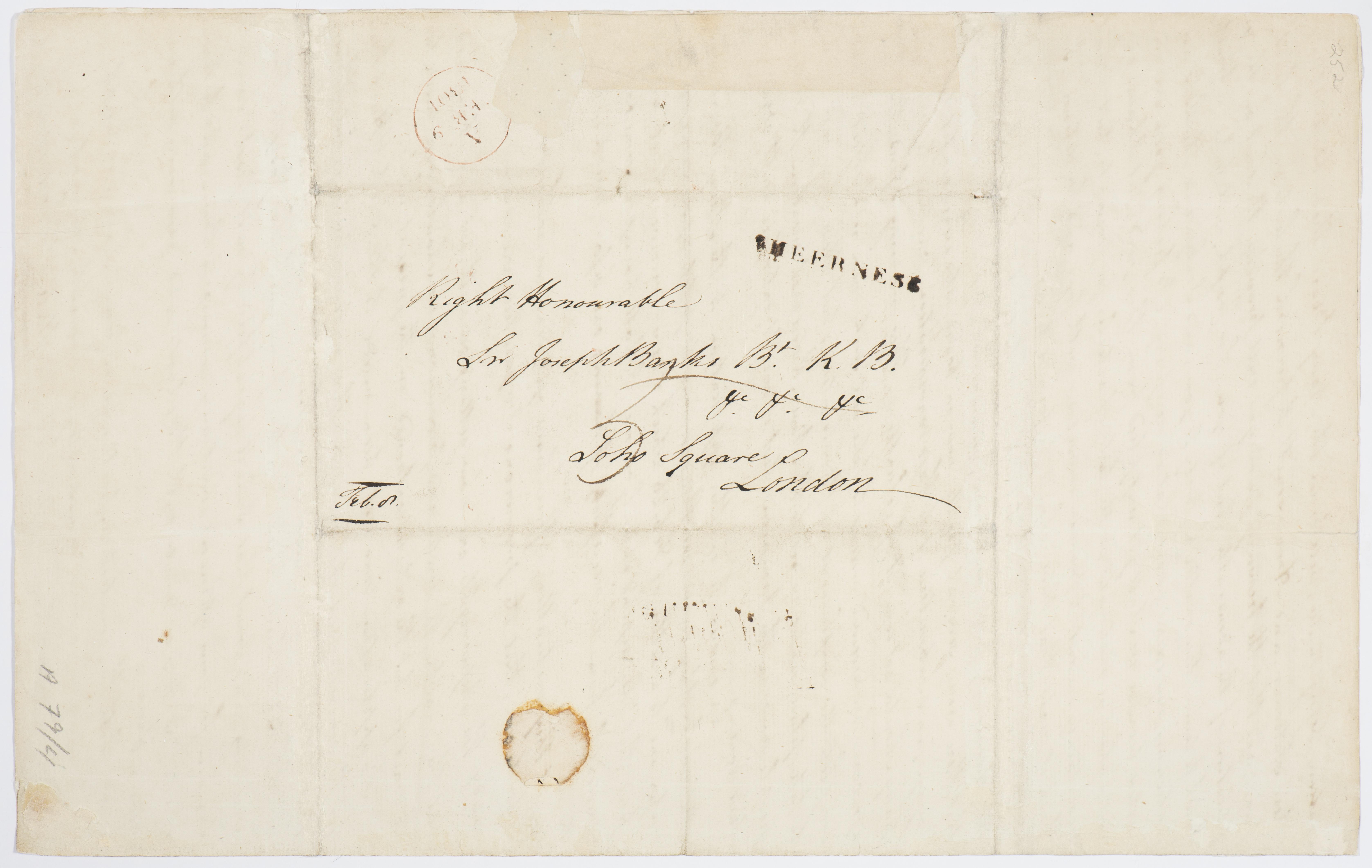
The Endeavour voyage lasted 1050 days. That is a long trip to pack for!
Packing a whole ship for a voyage such as theirs was not like packing for a holiday. Having lots of nice outfits would have been very unimportant in the scheme of things! Brainstorm the sorts of equipment and supplies you think they would have taken with them. Include sketches in your brainstorming.
Hint: Think about conditions they had to contend with, such as the weather and the length of time without even seeing land.
- What might have happened if they became ill? (I.e. what sorts of medicines were around at that time in history?)
- What sort of food would they have packed? They didn’t have refrigerators at this time so most of the foods we eat today would have gone off very quickly. Another problem was storing food safely with the constant problems of lack of ventilation, poor drainage, rats and weevils. The main rations on a ship were things like salted beef or pork, salted fish, cheese, ale, and some form of ‘ship’s biscuit’. Do you know what these things are? Have you eaten any of these yourself? Research any you aren’t sure about and add a little speech bubble to explain what they are.
You might like to look at the list of things the explorer, Matthew Flinders, took on one of his voyages, below. It is a little tricky to read, but if you look closely you can see he has written about four categories of things: Instruments, Books, Charts, and Stationery. If you click on the collection item and go into its catalogue record, you can flick through to the next page. Here, Flinders has written a list of items under the category For presents and barter.
Look up the word “barter” in the dictionary.
Life onboard the Endeavour
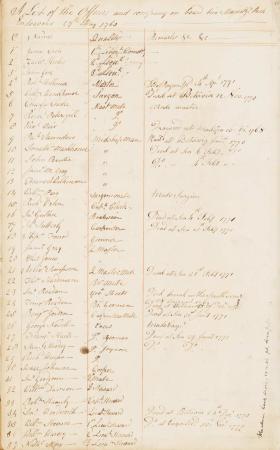
Cook had 94 men on board the Endeavour. (Only men were allowed on these sorts of expeditions, typically.) 12 of these men were marines, or soldiers, there were scientific people and artists, and there was a large crew, who made sure the ship could sail. Aside from sailors, the crew included very important people like the cook, the carpenter and sailmakers.
Read about three main characters who were onboard the ship here.
Look closely at the list of ‘Officers and company’ who were on the ship, below. Click on the collection item at the bottom of the linked story A list of the Officers and company on board his Majesty’s Bark Endeavour 27th May 1768. A pop-up window will appear. Scroll down to view the names of those who accompanied Cook on the Endeavour. Can you see the information about who died, who drowned and who ran away? Life on the Endeavour was not always easy or pleasant.
Research what life was like on the ship.
ABC Education has a good source of information to get you started, here.
Answer the following questions:
- Where would people have slept?
- What sorts of food were people eating? (Was there fresh food? What is hard tack?)
- How were people disciplined when they misbehaved?
- Where was the toilet and what did they use for toilet paper?
- What sorts of jobs might people have been carrying out?
Imagine you are a sailor, write a letter home to your family describing life on board.
Imagine it is night time on the Endeavour. Answer the following:
- What sorts of noises might you hear from your hammock?
- What sources of light would there be to see what they were doing on the deck? What about underneath the deck?
- How might the darkness change the way you felt about your surroundings?
- What might you, as a sailor, have been thinking about as you went to sleep? Or if you couldn’t sleep?
- What sorts of things would you be missing from home?
With supervision of an adult, at home at night, light a candle and see what you can actually see under that light – how would that change your view of everything? Let your eyes adjust and see how, after a while, you can start to see better and better in the dark, detecting even the smallest amounts of light around you. Imagine how bright the night sky would have been, with its billions of stars, for the crew of the Endeavour.
Navigating the seas
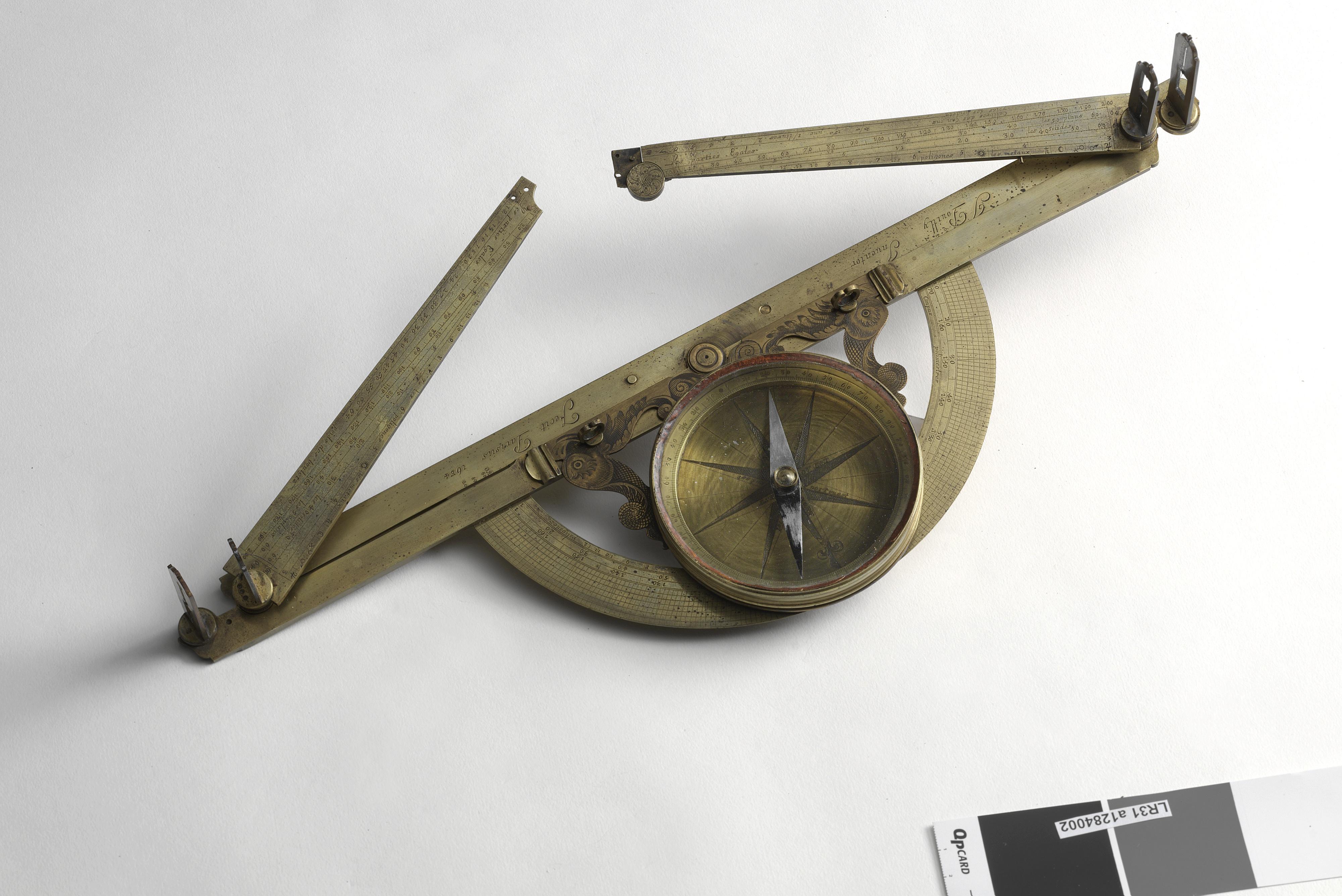
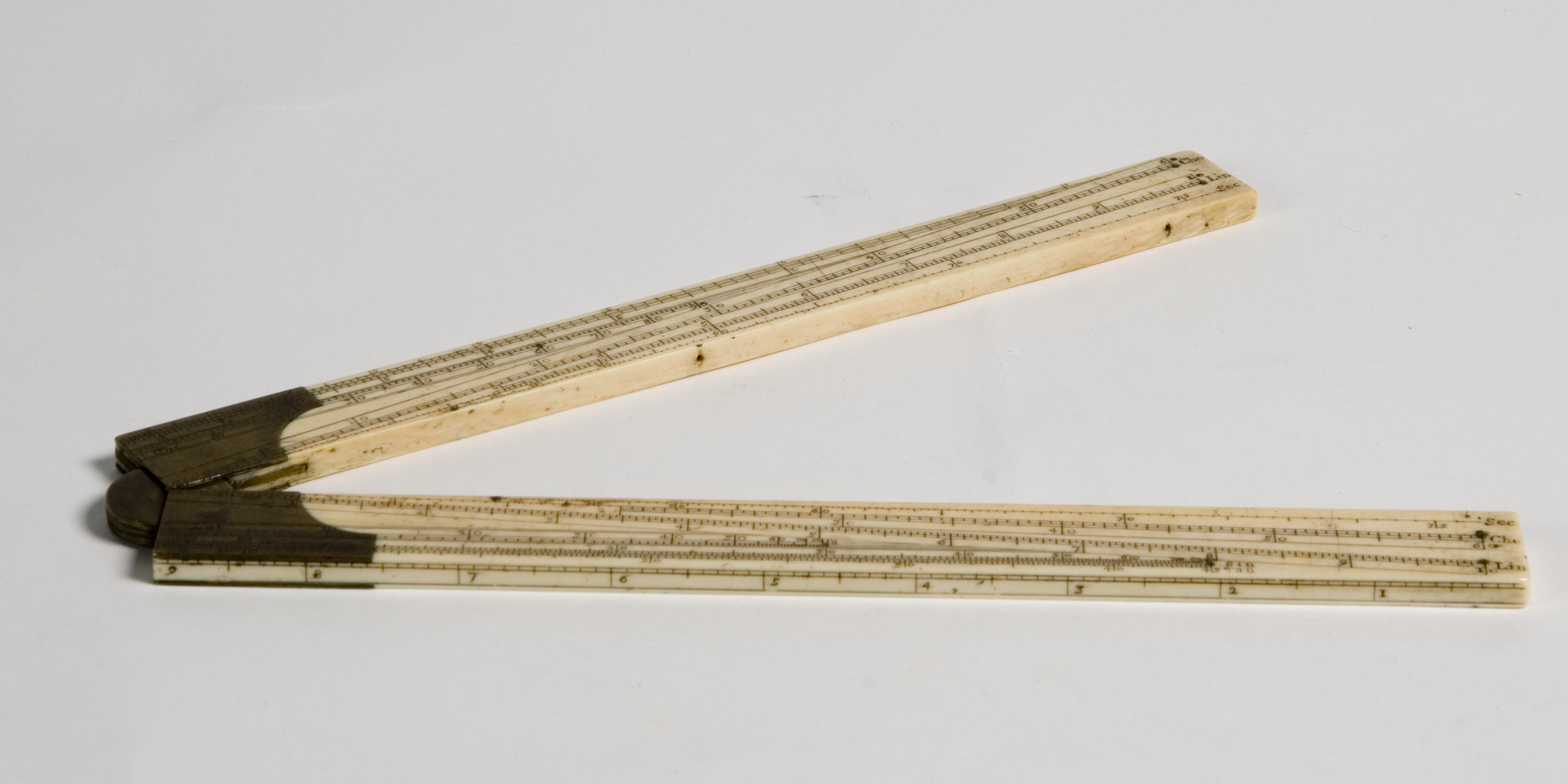
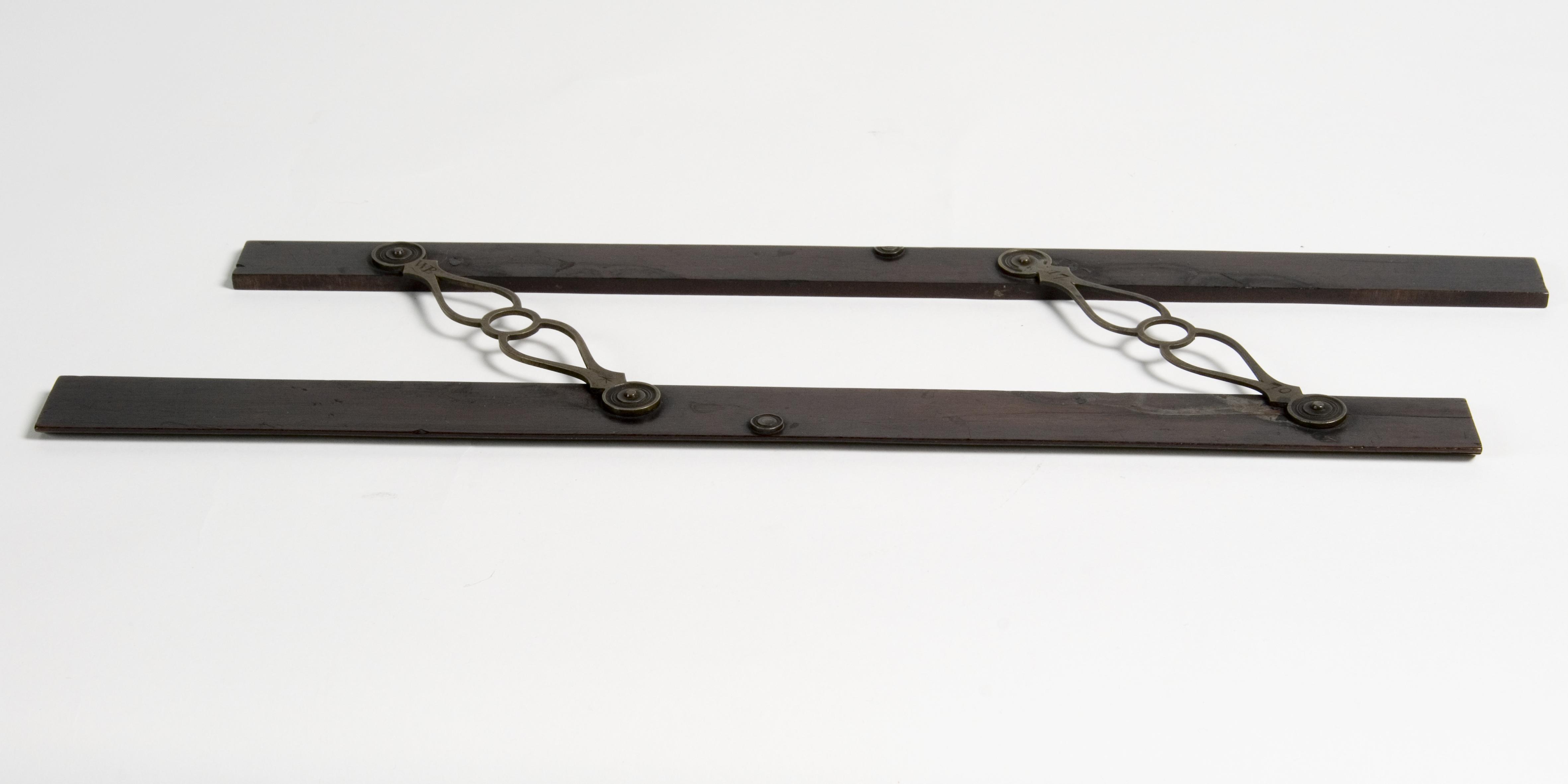
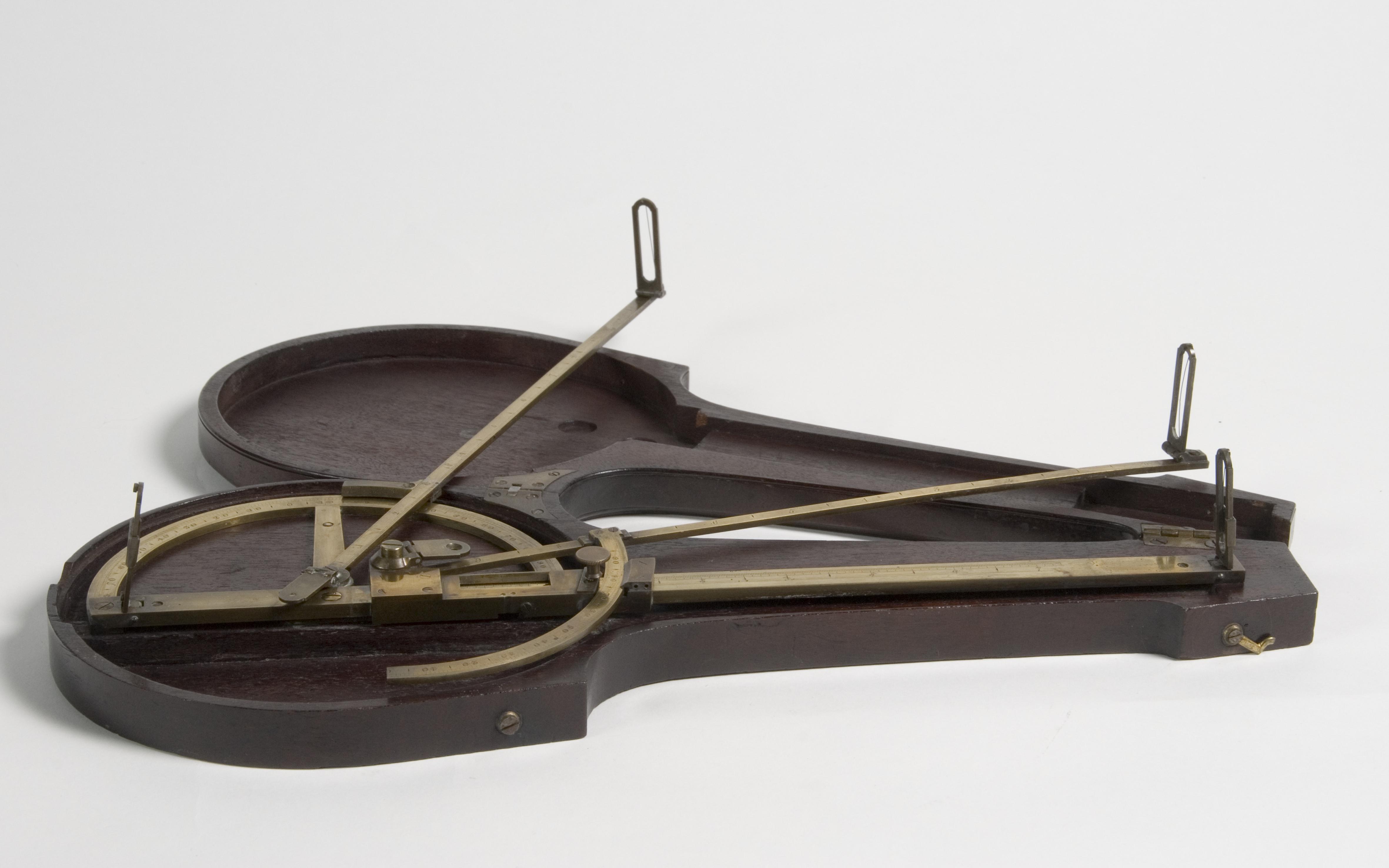
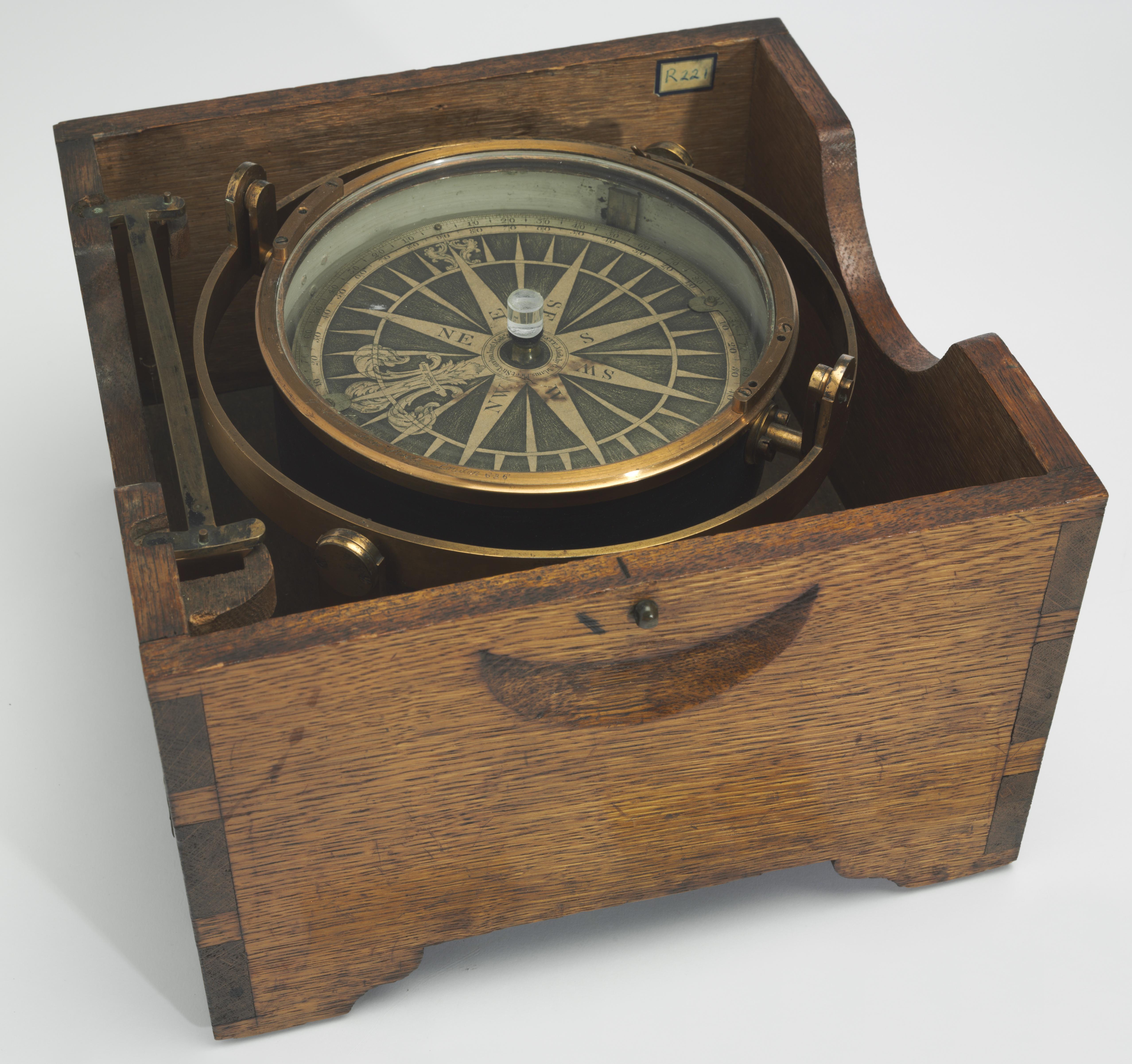
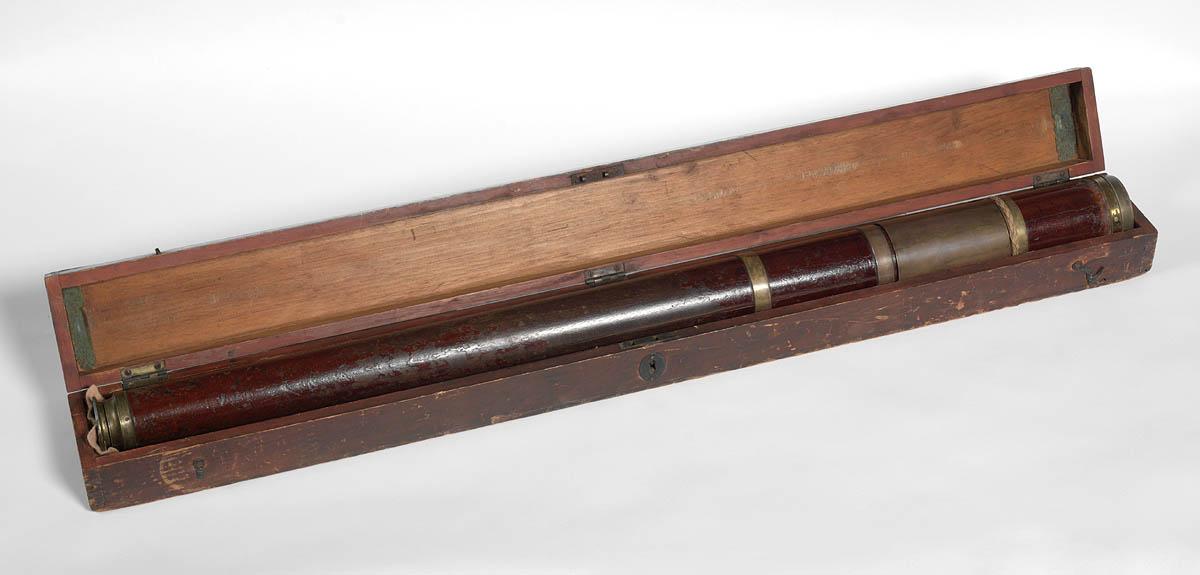
What sort of equipment might they have needed to navigate their way around the Earth? Imagine your teacher gave you an address in a neighbouring town or suburb and asked you to find your way there. Think about all the tools you might use to help you navigate. Would Cook and the crew of the Endeavour have had those technologies available to them? In the collections of the Library are several pieces of navigational and map-drawing equipment that belonged to James Cook. These pieces of equipment can be found below.
Research any you are interested in knowing more about and add a little speech bubble to explain what they are.
Choose one of the following activities to complete:
- If you are working in a class, form groups and choose one piece of Cook’s navigational equipment for each group. Research your item. Have each person in the group recreate their own copy of the item in 2D (a drawing, collage, painting or similar). Break the groups up and re-form into groups which include one representative for each piece of equipment. Take turns explaining what your item is and how it would have been used by James Cook to find his way around the world.
- Working by yourself, choose one of Cook’s pieces of navigational equipment and design an advertising campaign to explain the features of your chosen piece of equipment. Make sure you explain why these features are useful. Your advertising campaign can be presented as an oral presentation, video work or art work.
Did you know this learning activity was just one in a series? To find more, click here.